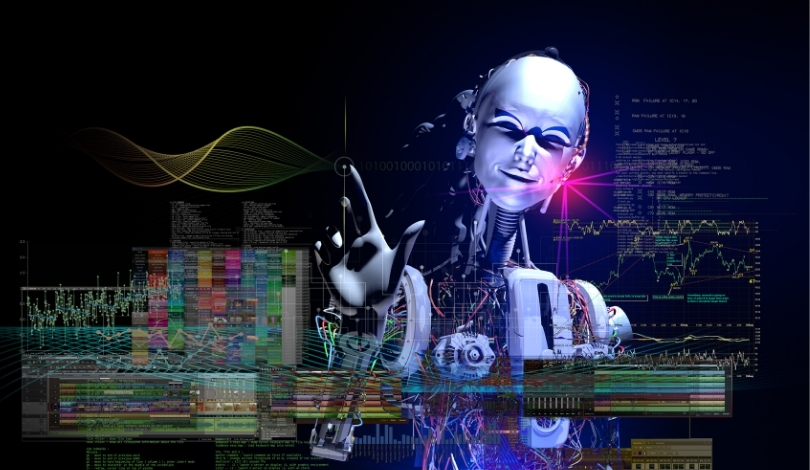The robotics sector experienced a dynamic month in March 2025, marked by significant advancements and strategic investments worldwide. Innovations spanned from surgical robots enhancing medical procedures to humanoid robots integrating into manufacturing and logistics. This period underscored the industry’s rapid growth and the increasing collaboration between leading technology firms and governments to push the boundaries of automation and artificial intelligence.
Recent developments demonstrate a shift towards more specialized and scalable robotic solutions. Companies are not only focusing on improving existing technologies but also exploring new applications that cater to diverse industries. This evolution reflects the broader trend of integrating robotics into everyday operations, aiming to boost efficiency and address complex challenges across various sectors.
How is the Medical Robotics Landscape Evolving?
Intuitive Surgical continues to lead with its latest da Vinci 5 system, maintaining its dominance in soft-tissue surgical procedures. Concurrently, emerging firms are gaining attention by introducing complementary technologies that expand the scope of robot-assisted surgeries.
“Our next-gen systems are designed to work alongside existing platforms, enhancing precision and patient outcomes,”
a spokesperson from a leading surgical robotics company stated.
What Are the Global Investment Trends in Robotics?
China has significantly ramped up its investment in robotics and high-tech industries, committing $137 billion as reported by the International Federation of Robotics. This move positions China as a formidable player in the global robotics market, fostering advancements in AI, humanoid robots, and manufacturing automation. Such substantial investment is expected to accelerate innovation and increase the adoption of robotics across multiple sectors.
How Are Humanoid Robots Scaling Up Production?
Figure AI introduced BotQ, a high-volume manufacturing facility capable of producing up to 12,000 humanoid robots annually. This facility addresses the scalability challenges faced by robotics companies, enabling mass production without compromising on quality. Additionally, companies like Dobot and Apptronik are expanding their production capacities to meet the growing demand for autonomous and collaborative robots in various industries.
The collaboration between established firms and innovative startups is shaping the future of robotics. Partnerships, such as those between Boston Dynamics and NVIDIA, are enhancing AI capabilities in humanoid robots, making them more adaptable and intelligent. Government initiatives, like Singapore’s RoboNexus program, are further supporting startups in the robotics field, ensuring a steady pipeline of cutting-edge technologies entering the global market.
Integrating robotics into different facets of industry and daily life continues to present both opportunities and challenges. Ensuring ethical use, addressing technical limitations, and fostering international collaboration are critical factors that will influence the trajectory of robotics advancements. As the sector grows, the focus remains on creating robots that not only perform tasks efficiently but also adapt to the nuanced requirements of human-centric environments.
With continuous investments and strategic initiatives, the robotics industry is poised for substantial growth. Companies are leveraging advanced technologies and collaborations to overcome production challenges and expand their market reach. This momentum is likely to drive further innovations, making robotics an integral part of various industries and everyday life.










